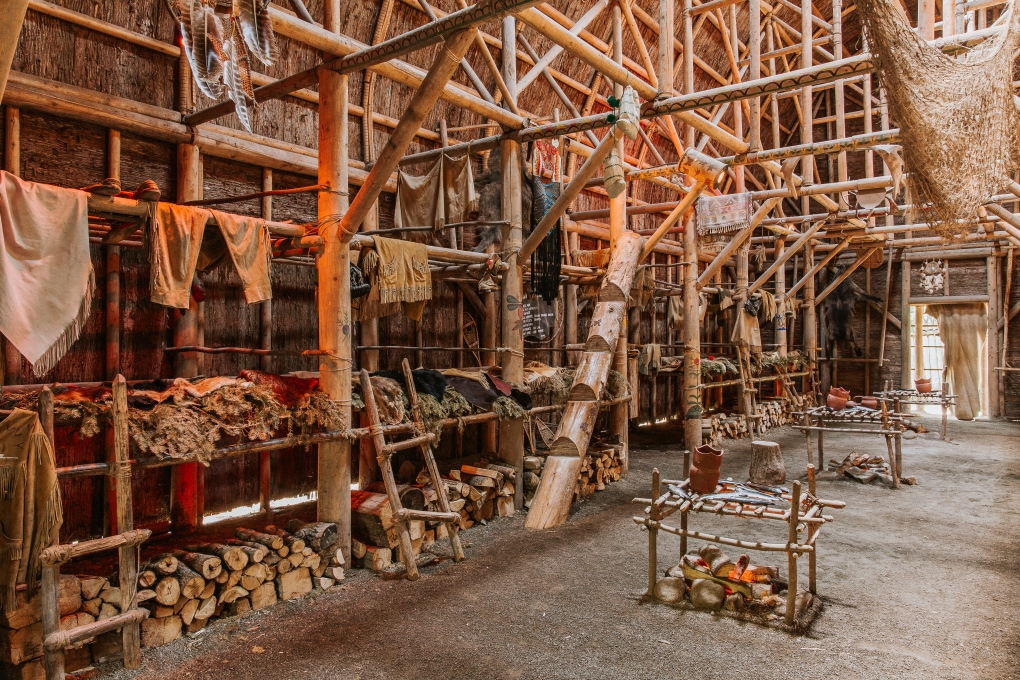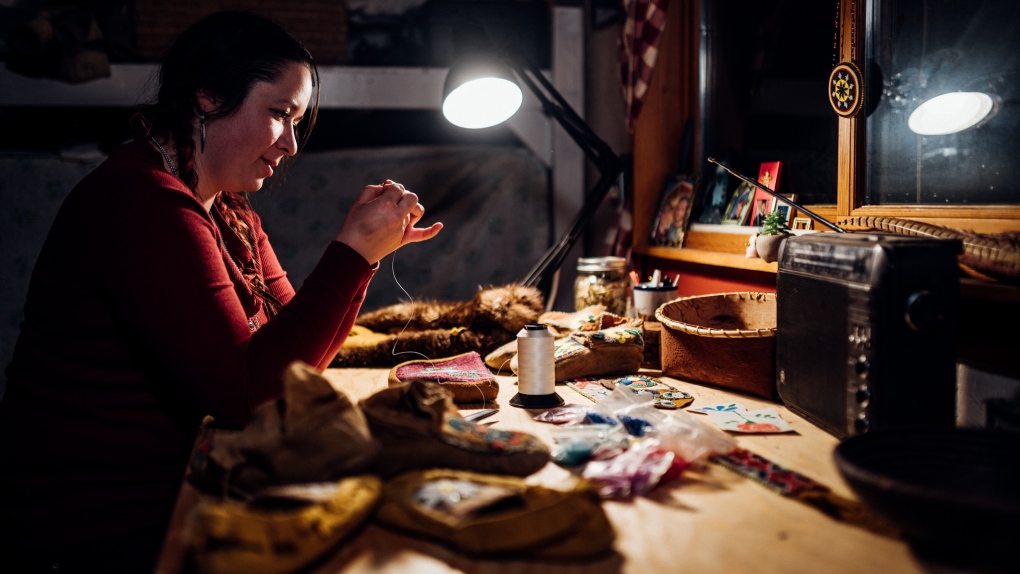Throughout his childhood, Keith Henry was very involved in his Metis community, from annual events to cultural feasts.
Growing up near Prince Albert, Sask., the now-president and CEO of the Indigenous Tourism Association of Canada (ITAC) said he looks back on his upbringing fondly.
“I could see how powerful culture is,” he told CTVNews.ca in an interview.
One memory that sticks out for him is attending the yearly Back to Batoche, a four-day event celebrating Metis culture and relationships that is also to honour those who fought for their communities in the 1885 Northwest Resistance.
“I remember going there as a young kid, realizing all this is pretty cool,” Henry said. “I saw so many different relatives I didn’t know I had, and a lot of cultural pride.”
Events like these played a foundational role in who Henry grew up to be. He now works to share similar festivals and celebrations with everyone across the country.
“I started to realize, ‘Oh, we should we do more of this,'” he said.
TOURISM AS A LEARNING TOOL
ITAC’s goal is to bring more Indigenous tourism, led by Indigenous People, to Canada, Henry says.
“Our tourism businesses allow people to sort of gauge how deeply they want to learn about our communities,” he said. “I think that’s what is great about Indigenous tourism.”
Businesses range from Indigenous restaurants and cultural festivals to dance performances, artisan markets and full-scale resorts that lead with Indigenous history and identity.
Aski Holistic Adventures, Cumberland House, Saskatchewan on April 22, 2021. (Brandon White/ Indigenous Tourism Association of Canada)
These sorts of events and destinations are meant to help people from across Canada and around the world better understand Indigenous communities, traditions and histories.
“I think what I love about cultural tourism is the more we learn about each other, the more we can understand each other and just support each other,” Henry said. “I think, as Canadians, up until the last decade or so, the awareness and really the real learnings of Indigenous peoples has been very, very minimal.”
There has been a reckoning across Canada involving Indigenous truths and history in the last several years.
The movement in large part has stemmed from a better understanding of how the residential school system caused harm to children and their families, and the generational trauma that many people still live with today.
National Truth and Reconciliation Day, Sept. 30, was declared a federal statutory holiday in recognition of survivors of Canada’s residential school system, as well as the children who never returned home.
One of the goals of the day is public commemoration of the dark chapter in Canada’s history.
A way Henry says people can support Indigenous communities today is by visiting Indigenous businesses and taking part in cultural events, both on the annual holiday and throughout the year.
“We want you to support our authentic artisan work, we want you to visit our Indigenous destinations, we want people to come learn,” he said. “Yes, there’s some conflict and there’s some challenges, but by and large, Indigenous communities and our businesses, welcome people.”
CONNECTING THROUGH ART
One business with ties to ITAC tries to connect with people through art, and specifically through dance that is meant to showcase culture and stories.
For Marilyn Yadułtin Jensen, the leader of the Dakhká Khwaán Dancers, the music and stories empower her each time she performs.
“It’s a nice chance to share who we are and to be able to tell our story in many different ways – different from a contemporary perspective – but also to share the elements of our culture that a lot of people don’t know about,” Jensen told CTVNews.ca in an interview.
Dance was a big part of her childhood, thanks to her mother, who formed a children’s Indigenous dance group in the Yukon.
“She wanted us to learn about who we are, and also shaped us so that we would have pride and have a sense of identity, and belonging to who we are, in a really good positive way,” Jensen said.
Following in her mother’s footsteps, Jensen now leads her own group, members of which come from multiple communities across the northwest coast and the Dene Nation.
Masks, drums and vibrant clothing are an integral part of the dance style, which has been performed by Jensen’s group across Canada and around the world.
The group is “cohesive,” Jensen says, and when mixed with the music, sometimes causes people in the audience to become emotional.
“It definitely is a connector,” Jensen said of the experience of performing. “It speaks to everyone, and for us personally, it is healing.”
The dancers in the group are descendants of residential school survivors, Jensen says, and on National Truth and Reconciliation Day, they will take an opportunity within their performance to acknowledge that fact.
“Yes, that happened and it devastated our community and still does…the pain is still present,” she said. “(But) there’s stories of resilience and survival and success. And that is a part of our story… that we do share continually.”
PLACES TO GO AND SUPPORT
There are about 1,900 businesses ITAC is helping across Canada.
Some of the larger ones are “luxury” resorts that have added a cultural sharing element to the overall experience.
“You have these beautiful five-star destinations,” Henry said. “There are cultural sharing packages, they do guided tours…Yes, there’s fishing, and yes, there are other activities, but they give an Indigenous perspective of what those resources meant and how the community survived there for thousands of years prior.”
One of these resorts is the Klahoose Wilderness Resort, located on the lands of the toq qaymɩxʷ (Klahoose) People in British Columbia.
By integrating ecological values and offering immersive adventures in nature, the resort aids people to connect with traditional First Nations language and traditions.
In Wendake, Que., just outside of Quebec City, an overnight stay throws guests back in time.
 Longhouse in Quebec on July 4, 2019. (Audet/ Indigenous Tourism Association of Canada)
Longhouse in Quebec on July 4, 2019. (Audet/ Indigenous Tourism Association of Canada)
The Ekionkiestha’ national longhouse is one of the experiences in the area that allows for an intimate understanding of how the Huron-Wendat People lived.
The longhouse is open for overnight stays and is surrounded by other opportunities to learn and connect with First Nations traditions.
“When we talked about the tourism side, it’s all about the hotel nights and GDP, but the truth is while we need that, on the Indigenous side it’s about cultural protection and cultural sustainability,” Hendry said.
————
National Residential School Crisis Line: +1 866 925 4419
24-hour crisis line: 416 597 8808
Denial of responsibility! My Droll is an automatic aggregator of Global media. In each content, the hyperlink to the primary source is specified. All trademarks belong to their rightful owners, and all materials to their authors. For any complaint, please reach us at – [email protected]. We will take necessary action within 24 hours.


